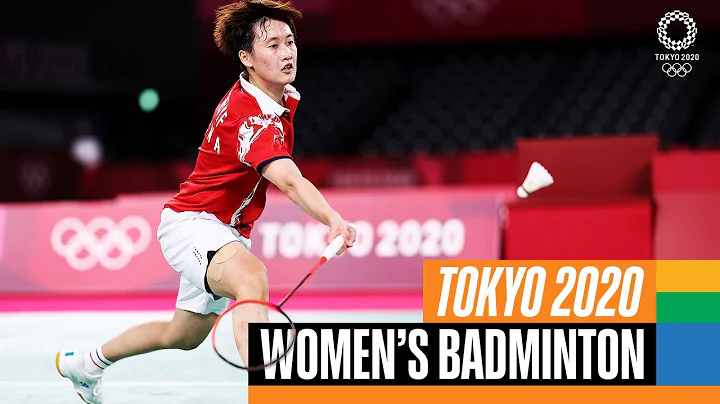[Energy people are watching, click on the upper right corner to add 'Follow']

Japan's Ministry of Economy, Trade and Industry (METI) has temporarily set the feed-in tariff for Japanese solar photovoltaic systems for the next fiscal year, which begins in April.

Japan’s transition to the rooftop market has been long awaited. The picture shows Panasonic HIT modules for high-rise buildings exhibited at the 2017 Tokyo Photovoltaic Show.
Japan has been preparing to remove high levels of subsidies from the market. This subsidy, introduced in 2013 with an initial price above 40 yen/kWh ($0.36), was intended to boost market development following the 2011 Great East Japan Earthquake. A massive earthquake damaged the Fukushima Daiichi Nuclear Power Plant.
Subsequently, nearly all Japan's nuclear power generation facilities were shut down. Japan has an advanced industrial economy but few natural resources of its own, and is highly dependent on expensive imported fuel.
Imported fuel mainly refers to liquefied natural gas. On Japan's roads, people can see many tank trucks transporting fuel. Subsequently, Japan turned to coal power generation, mainly relying on coal imported from Australia.
Wind energy is off to a slow start, and other energy sources don't seem viable. Take geothermal as an example. Although Japan is rich in geothermal resources, local pressure means that this method is unlikely to be popularized, while the grid competitiveness of solar photovoltaic power is growing day by day.
The most significant market change in the solar industry is the move away from the much-lauded “super solar” projects, which are grid-scale projects comprised of multiple gigawatt-scale projects, including completed, operational and a large number of unbuilt projects.
At a meeting held yesterday, Izumi Kaizuka, manager of RTS PV, a Tokyo-based solar photovoltaic industry analysis and research company, revealed the new feed-in tariff policy to PV Tech/Energy-Storage.news. In this regard, both parties, as well as the Japanese solar industry and the growing storage industry Dynamics in the field of energy are discussed. Relevant content will be published in a special article in the quarterly magazine PV Tech Power (Issue 22).
The dawn of third-party owners - "Zero Yen Project"
Looking to the future, Kaizuka said that the household and industrial and commercial sectors will continue to focus on rooftop solar power generation. The analyst said that for many companies, feed-in tariff levels are falling and demand for renewable energy is growing, with the main driver of the rooftop market coming from self-consumption projects. Several vendors in the solar industry have entered a third-party owner model. In the United States, this is called the "zero down payment" model; in Japan, this is called the "zero yen project" model.
Kaizuka said that large-scale solar projects have been dormant due to the scarcity of land suitable for developing ground power station projects. For developers and owners of the super solar projects mentioned above that have not yet been built, the deadline to fulfill commitments related to projects that have received feed-in tariff support is March this year.
Japan's Fiscal Year 2020 Feed-in-Power Price
System Scale | Feed-in Power Price Rate (yen/kWh) |
21 | |
10kW-50kW | 13 |
50kW-250kW | 12 |
250kW | NA (Using a competitive bidding process to determine the price) |
Japan will still hold a public hearing next week. But it is understood that this hearing will not bring any changes.
At the same time, Japan’s domestic on-grid electricity price policy was actually implemented in 2009, with a contract period of 10 years. Currently, more than 50,000 household feed-in tariff agreements have expired, which means that house owners are targeting battery-generated self-use projects, or hoping to sign power purchase agreements with a number of emerging retailers. These new retailers have emerged in droves to serve Japan's unregulated, fragmented electricity market.
Japan has been planning to make the next fiscal year the last fiscal year to provide Internet electricity price subsidies . This means that Japan is looking for new ways to support the development of solar photovoltaic projects. The Japanese government’s goal is to have more than 130GW of photovoltaic projects by 2030.
Disclaimer: The above content is reproduced from PV-Tech, and the content posted does not represent the position of this platform.
National Energy Information Platform contact number: 010-65367702, email: [email protected], address: People's Daily, No. 2 Jintai West Road, Chaoyang District, Beijing
![The Renewable Energy Market Update 2023-2024 [IEA Report Summary] - DayDayNews](https://i.ytimg.com/vi/0x7qrGbwXnc/hq720.jpg?sqp=-oaymwEcCNAFEJQDSFXyq4qpAw4IARUAAIhCGAFwAcABBg==&rs=AOn4CLDj1ZuJ2e4IwGhPTqI_bCoQQbrQYA)
![The Renewable Energy Market Update 2023-2024 [IEA Report Summary] - DayDayNews](https://cdn-dd.daydaynews.cc/img/play.svg)












![[1080P60FPS] ~ Lee Zii Jia VS Chen Long ~ Tokyo 2020 Olympics ~ Round of 16 FULL HIGHLIGHTS - DayDayNews](https://i.ytimg.com/vi/HbvfVxWltvk/hq720.jpg?sqp=-oaymwEcCNAFEJQDSFXyq4qpAw4IARUAAIhCGAFwAcABBg==&rs=AOn4CLAKJM3Y1vJCQcSy8pNQcNcFsUbH8g)






